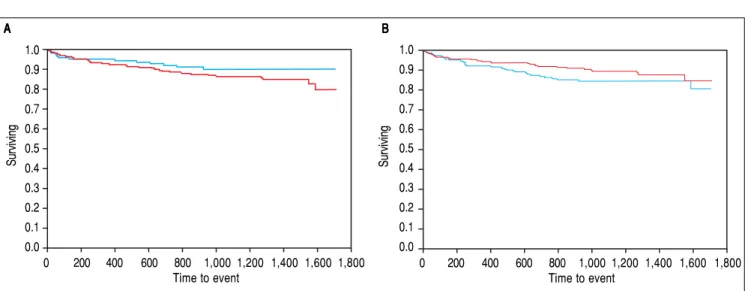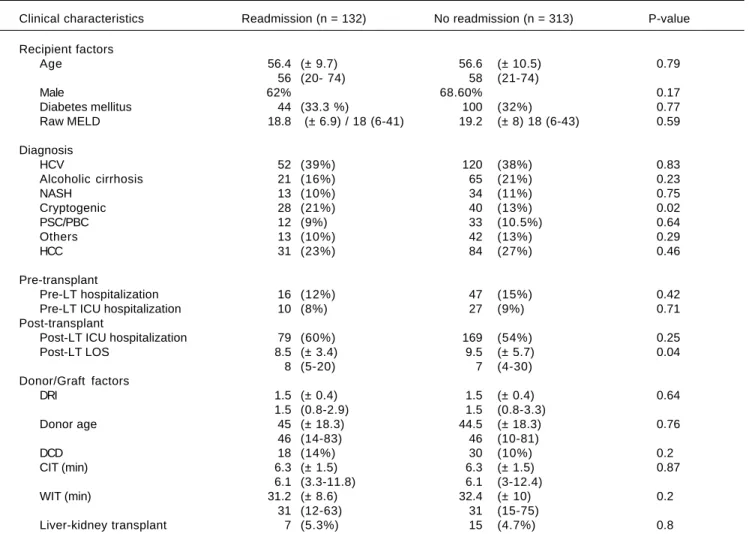Predictors and impacts of hospital readmissions following liver transplantation
Texto completo
Figure



Documento similar
The main tasks executed were reinforcement of existing civilian and military hospital capabilities, providing of COVID-19 testing of Slovak civilian population including
Objective: The main purpose of our study was to describe the factors associated with more severe pain levels in a cohort of patients with plantar fasciitis (PF).. The secondary
In this study, internal tissues of chicken liver samples were analysed for the presence of phages using a meta- genomics approach and the liver virome was compared with that of
Factors associated with death from infection after HSCT related to patient, disease, donor-type, stem cell source, year of transplant and center speci fic macro- or
Bloodstream infections caused by carbapenemase-producing Klebsiella pneumoniae among intensive care unit patients after orthotopic liver transplantation: risk factors
On the one hand, the screening tool The Community Assessment Risk Screen (cars) has been tested in several health areas in the Valencian Community, Spain. On the other hand,
Core tip: The Milan criteria for liver transplantation have improved survival of patients with small hepatocellular carcinoma (HCC), but up to 20% of patients still experience
Thirteen species of bats (order Chiroptera) were also found infected with the parasite in Mexico, employing skin, heart, liver and spleen in a PCR of kDNA and SSU [5].. The